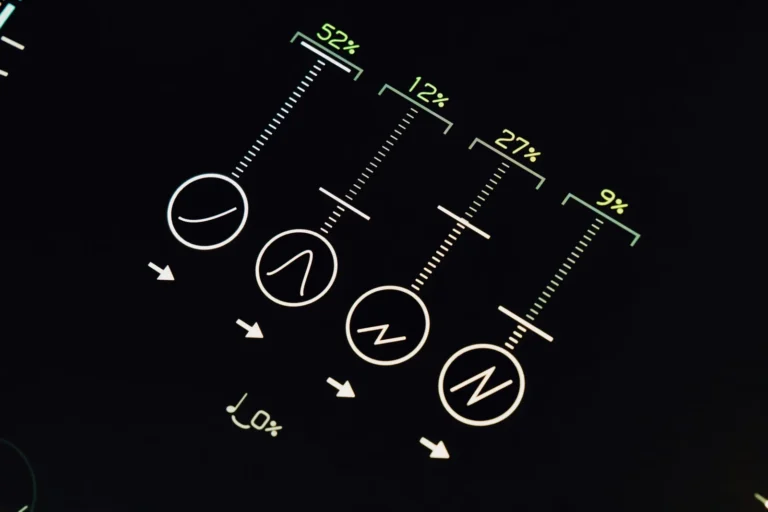Understanding Giniä: A Clear Look at Income Inequality
When we talk about inequality in income or wealth, a single number often helps explain the entire situation — that number is Giniä. Also known as the Gini coefficient, Giniä is one of the most widely used measures to understand income distribution within a country or a group. But what does it really mean? How does it work? And why should we care?
Let’s break it all down in this easy-to-follow guide.
What Is Giniä?
Giniä is a number between 0 and 1 that measures income or wealth inequality within a group, usually a country. The closer the value is to 0, the more equal the income distribution. A value closer to 1 means the income is very unequally distributed.
For example:
- A Giniä of 0 means perfect equality — everyone earns the same income.
- A Giniä of 1 means perfect inequality — one person has all the income, and everyone else has none.
It’s a simple idea, but this number can tell us a lot about fairness, economic structure, and social health.
Why Is Giniä Important?
Giniä matters because income inequality affects many aspects of society:
- Economic growth: Too much inequality can hurt long-term economic development.
- Social stability: High inequality can increase tensions, crime, and social unrest.
- Opportunity: When the gap between rich and poor is too wide, people may feel hopeless about improving their lives.
Governments, economists, and international organizations use Giniä to track inequality and design policies that promote fairness and social balance.
How Is Giniä Calculated?
To calculate Giniä, experts use a graph called the Lorenz Curve. This curve compares the cumulative share of income received by the population.
The Steps:
- The population is ranked from poorest to richest.
- The cumulative income share is plotted.
- The area between the line of perfect equality and the Lorenz curve is measured.
- This area is used to compute the Giniä.
In mathematical terms, it’s a bit complex. But all you need to remember is:
- Smaller area = more equality → lower Giniä
- Larger area = more inequality → higher Giniä
What Is a Good Giniä Score?
There’s no perfect score, but generally:
- Under 0.3: Low inequality (good)
- 0.3 to 0.4: Moderate inequality (acceptable)
- Above 0.4: High inequality (concerning)
Developed countries like Sweden or Germany often have low Giniä scores (around 0.25–0.30), while developing nations can range higher.
Examples of Giniä Around the World
Let’s take a quick look at a few countries and their estimated Giniä values:
| Country | Giniä (Approximate) |
|---|---|
| Sweden | 0.28 |
| United States | 0.41 |
| South Africa | 0.63 |
| India | 0.35 |
| Brazil | 0.53 |
As you can see, South Africa has one of the highest levels of income inequality, while Sweden has one of the lowest.
Giniä and Wealth Inequality
While Giniä usually measures income, it can also be applied to wealth. In fact, wealth inequality is often greater than income inequality.
For example:
- A person may earn a normal salary (moderate income) but own several houses or stocks (high wealth).
- Another person may earn a decent income but have no savings or assets.
Giniä helps us look beyond just paychecks — it also shows who owns resources in society.
What Causes High Giniä?
Several factors can lead to a high Giniä score:
- Lack of access to education or jobs
- Discrimination or social exclusion
- Weak labor rights or minimum wages
- Tax systems that favor the rich
- Corruption or inefficient governance
Countries that fail to address these issues often see inequality grow over time.
Can Giniä Be Reduced?
Yes, governments and communities can take steps to reduce Giniä and make income distribution more fair.
Common Strategies Include:
- Progressive taxation: Higher taxes for the wealthy to support public services
- Social welfare programs: Free healthcare, education, or cash transfers
- Job creation policies: Encouraging industries that provide employment for all
- Fair wage laws: Minimum wage and worker protections
- Access to education: Making quality education available to everyone
When these actions are implemented well, a country can lower its Giniä score and improve social health.
Giniä Is Not Everything
While Giniä is a useful tool, it’s not perfect. Here’s why:
- It doesn’t say who is rich or poor.
- It doesn’t show how people earn their income.
- It doesn’t account for non-monetary income like free housing or health care.
So, while it’s a great indicator, Giniä should be used alongside other measurements to get a complete picture of inequality.
Final Thoughts on Giniä
Giniä gives us a powerful lens to understand inequality. Whether you are a policymaker, student, activist, or just a curious mind, knowing about Giniä helps you think critically about fairness and equity in society.
It’s not just a number — it’s a reflection of how we share opportunity, resources, and the fruits of our economy. Lowering Giniä isn’t about making everyone the same, but about making sure everyone has a fair shot.
Frequently Asked Questions (FAQs)
What does a Giniä score of 0.5 mean?
A score of 0.5 shows a high level of inequality, meaning income is unevenly distributed among the population.
Is a low Giniä always good?
Generally yes, but not always. In some cases, low inequality might hide economic stagnation or lack of innovation if everyone is equally poor.
Can Giniä change over time?
Yes, Giniä can rise or fall depending on government policies, economic conditions, and social trends.
How often is Giniä updated?
Most countries update their Giniä scores annually through economic surveys and census data.
If you’re interested in how fairness and income distribution affect your country or community, tracking Giniä is a smart place to start.
Let’s keep the conversation going. The more we understand inequality, the better we can work toward a fair and balanced future.






